 "Caleb "If a rally car can do it, so can my Malibu" M. S." (calebms)
"Caleb "If a rally car can do it, so can my Malibu" M. S." (calebms)
04/25/2016 at 22:02 • Filed to: None
 0
0
 29
29
 "Caleb "If a rally car can do it, so can my Malibu" M. S." (calebms)
"Caleb "If a rally car can do it, so can my Malibu" M. S." (calebms)
04/25/2016 at 22:02 • Filed to: None |  0 0
|  29 29 |
Between “flat”, “inline”, “transverse”, and “straight” engine configurations?
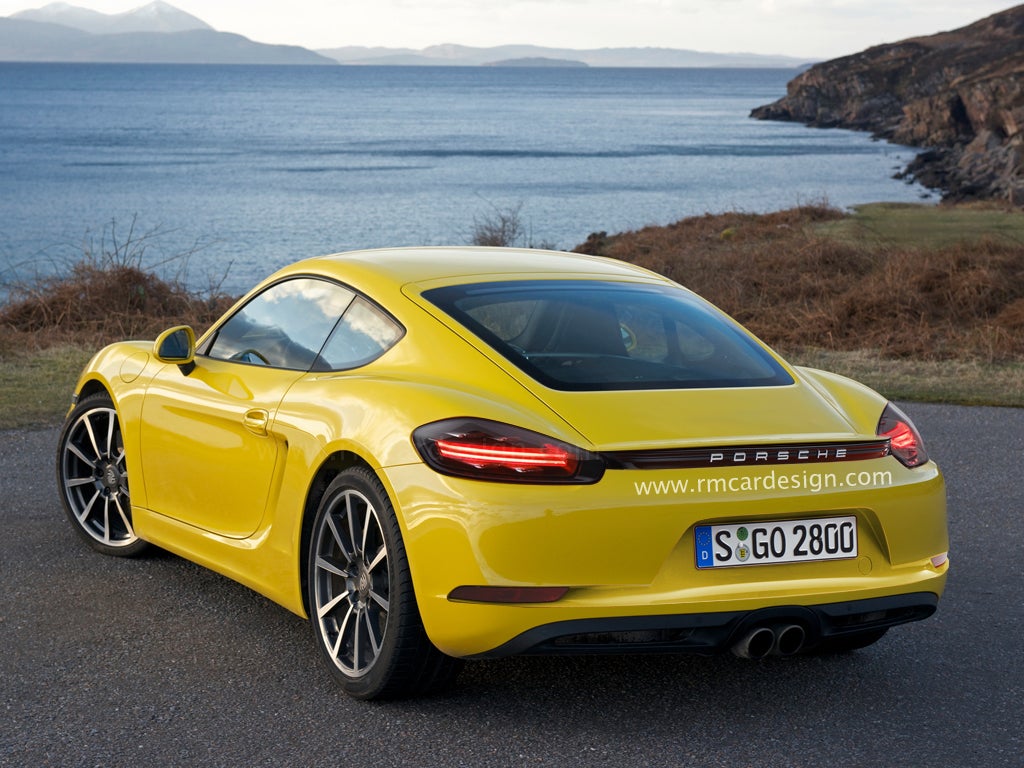
718 Cayman with a flat(?) four for your time.
 SnapUndersteer, Italian Spiderman
> Caleb "If a rally car can do it, so can my Malibu" M. S.
SnapUndersteer, Italian Spiderman
> Caleb "If a rally car can do it, so can my Malibu" M. S.
04/25/2016 at 22:04 |
|
your face
 Caleb "If a rally car can do it, so can my Malibu" M. S.
> SnapUndersteer, Italian Spiderman
Caleb "If a rally car can do it, so can my Malibu" M. S.
> SnapUndersteer, Italian Spiderman
04/25/2016 at 22:04 |
|
ah.
 scoob
> Caleb "If a rally car can do it, so can my Malibu" M. S.
scoob
> Caleb "If a rally car can do it, so can my Malibu" M. S.
04/25/2016 at 22:06 |
|
What Snap said.
JK. Flat means the cylinders, normally upright, are on their sides instead. Probably more to it than that but blech. Inline and straight are the same. Transverse is an engine turned sideways. Usually found in FWD cars, I think, for packaging reasons(?).
Unless everything I think I know is a lie.
 RyanFrew
> Caleb "If a rally car can do it, so can my Malibu" M. S.
RyanFrew
> Caleb "If a rally car can do it, so can my Malibu" M. S.
04/25/2016 at 22:06 |
|
Yes. Although I would refer to Straight and Inline as the same thing.
Edit: Sorry, I thought the original question was whether they were different. The actual difference is that Flat engines are horizontally opposed. They are the same as Boxer engines.
Inline or Straight engines are the same as a “V” engine, but the cylinders are arranged in a row, rather than a V. Inlines and V’s are both probably the most traditional configurations.
Transverse actually refers to how the engine is mounted, rather than how the cylinders are arranged. In most cars, if you look under the hood, the “length” of the cylinder arrangement will go from front to back. With a transverse engine, they run parallel to the bumper of the car. It’s a common setup on FWD cars that are cramming engine into a small space. My r53 Mini Cooper S has a transversely mounted inline 4, for example.
 interstate366, now In The Industry
> Caleb "If a rally car can do it, so can my Malibu" M. S.
interstate366, now In The Industry
> Caleb "If a rally car can do it, so can my Malibu" M. S.
04/25/2016 at 22:07 |
|
Inline and straight are the same thing. Flat means the cylinders are horizontally opposed to each other, like a V engine but 180°. Transverse means the engine is east-west in the bay and probably FWD.
 Danger
> SnapUndersteer, Italian Spiderman
Danger
> SnapUndersteer, Italian Spiderman
04/25/2016 at 22:08 |
|
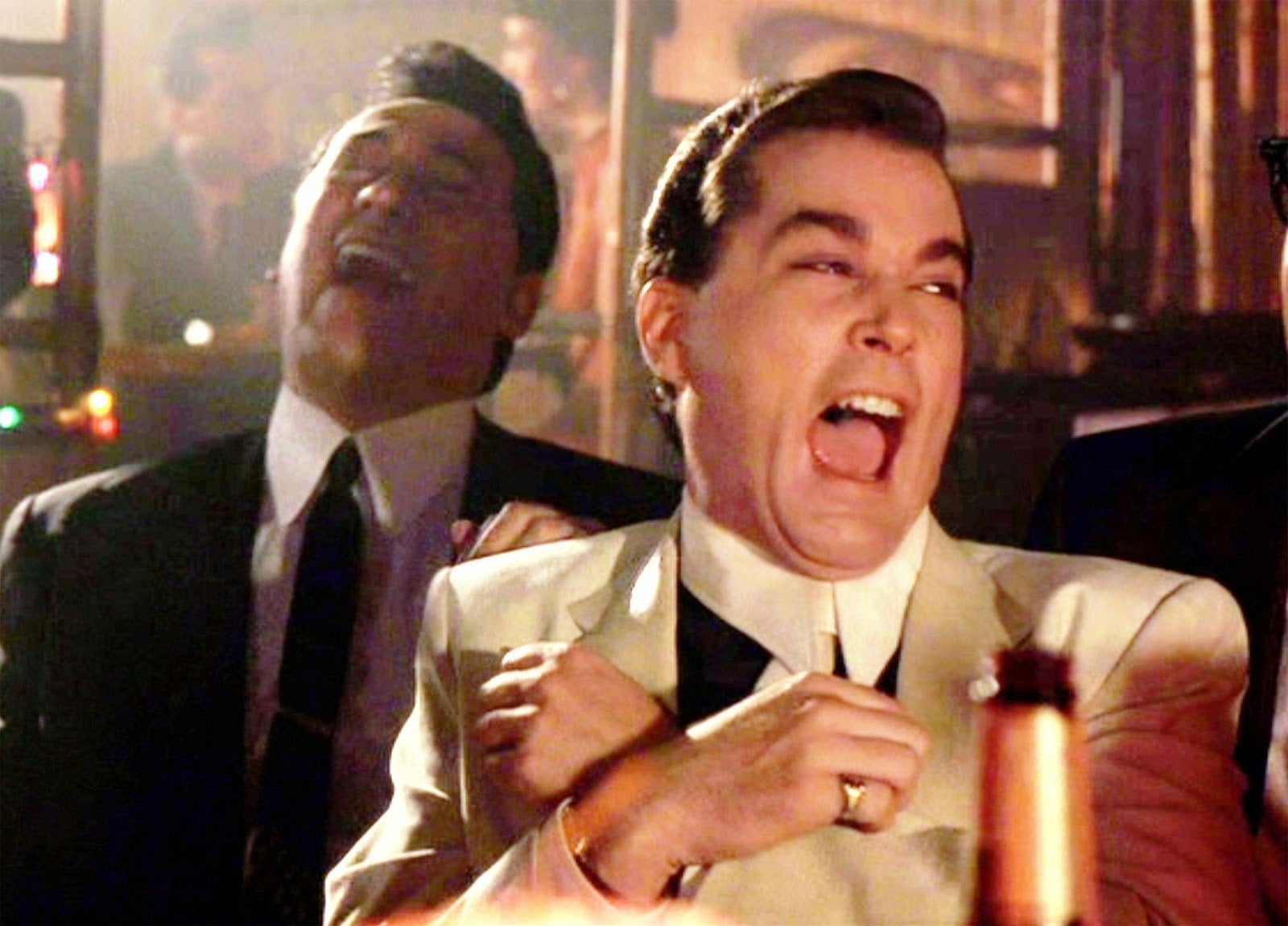
 Caleb "If a rally car can do it, so can my Malibu" M. S.
> scoob
Caleb "If a rally car can do it, so can my Malibu" M. S.
> scoob
04/25/2016 at 22:08 |
|
SO a subaru would have a flat engine, as would the 718s, while a Miata has a straight/inline?
 SnapUndersteer, Italian Spiderman
> Caleb "If a rally car can do it, so can my Malibu" M. S.
SnapUndersteer, Italian Spiderman
> Caleb "If a rally car can do it, so can my Malibu" M. S.
04/25/2016 at 22:09 |
|
#OHSNAP
 deprecated account
> interstate366, now In The Industry
deprecated account
> interstate366, now In The Industry
04/25/2016 at 22:09 |
|
probably FWD
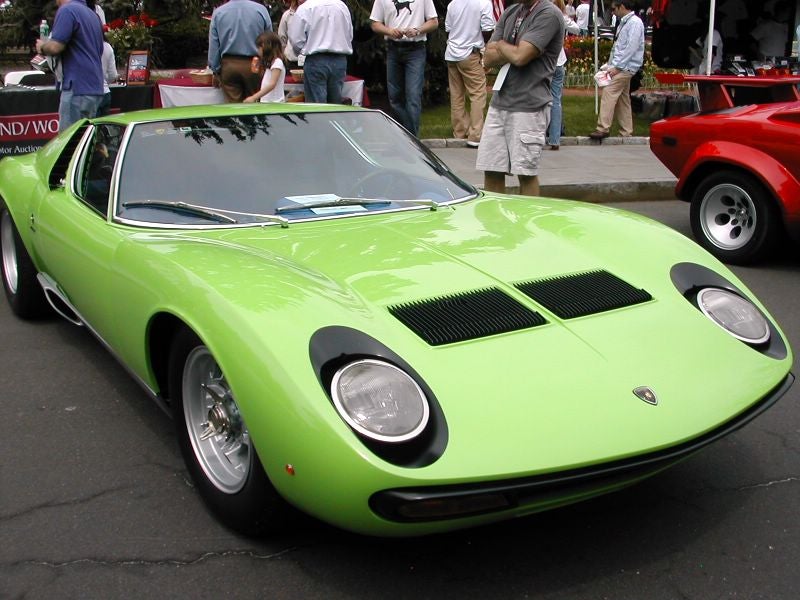
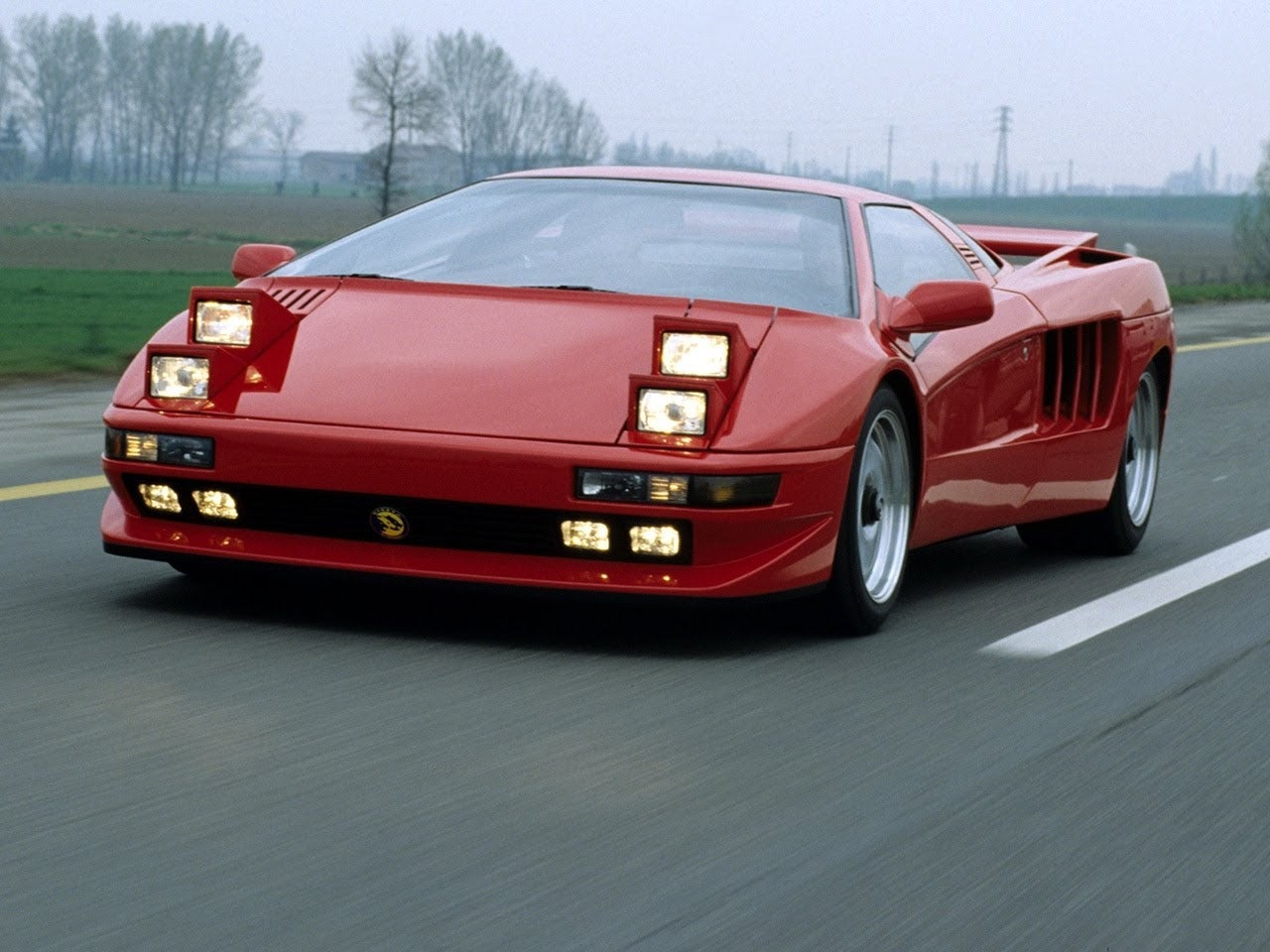
nuh-uh!
 scoob
> Caleb "If a rally car can do it, so can my Malibu" M. S.
scoob
> Caleb "If a rally car can do it, so can my Malibu" M. S.
04/25/2016 at 22:10 |
|
Yup.
 BmanUltima's car still hasn't been fixed yet, he'll get on it tomorrow, honest.
> Caleb "If a rally car can do it, so can my Malibu" M. S.
BmanUltima's car still hasn't been fixed yet, he'll get on it tomorrow, honest.
> Caleb "If a rally car can do it, so can my Malibu" M. S.
04/25/2016 at 22:11 |
|
Transverse vs longitudinal
Basically which way the crankshaft goes.
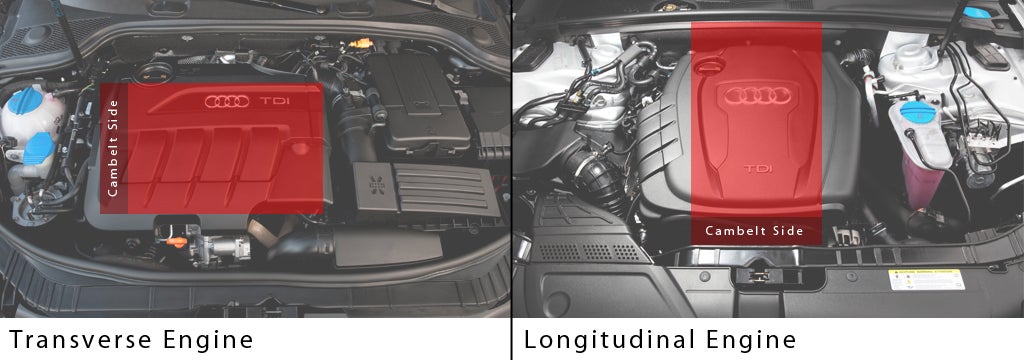
and Flat VS straight (sometimes called inline) VS Vee engine
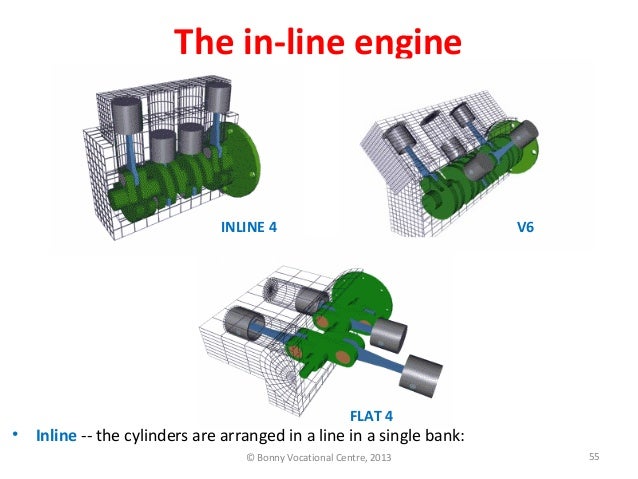
 scoob
> deprecated account
scoob
> deprecated account
04/25/2016 at 22:13 |
|
Probably, not definitely. And I think you’d be pretty hard pressed to see either of those cars anyway. :P
 BmanUltima's car still hasn't been fixed yet, he'll get on it tomorrow, honest.
> deprecated account
BmanUltima's car still hasn't been fixed yet, he'll get on it tomorrow, honest.
> deprecated account
04/25/2016 at 22:14 |
|
And the Stratos
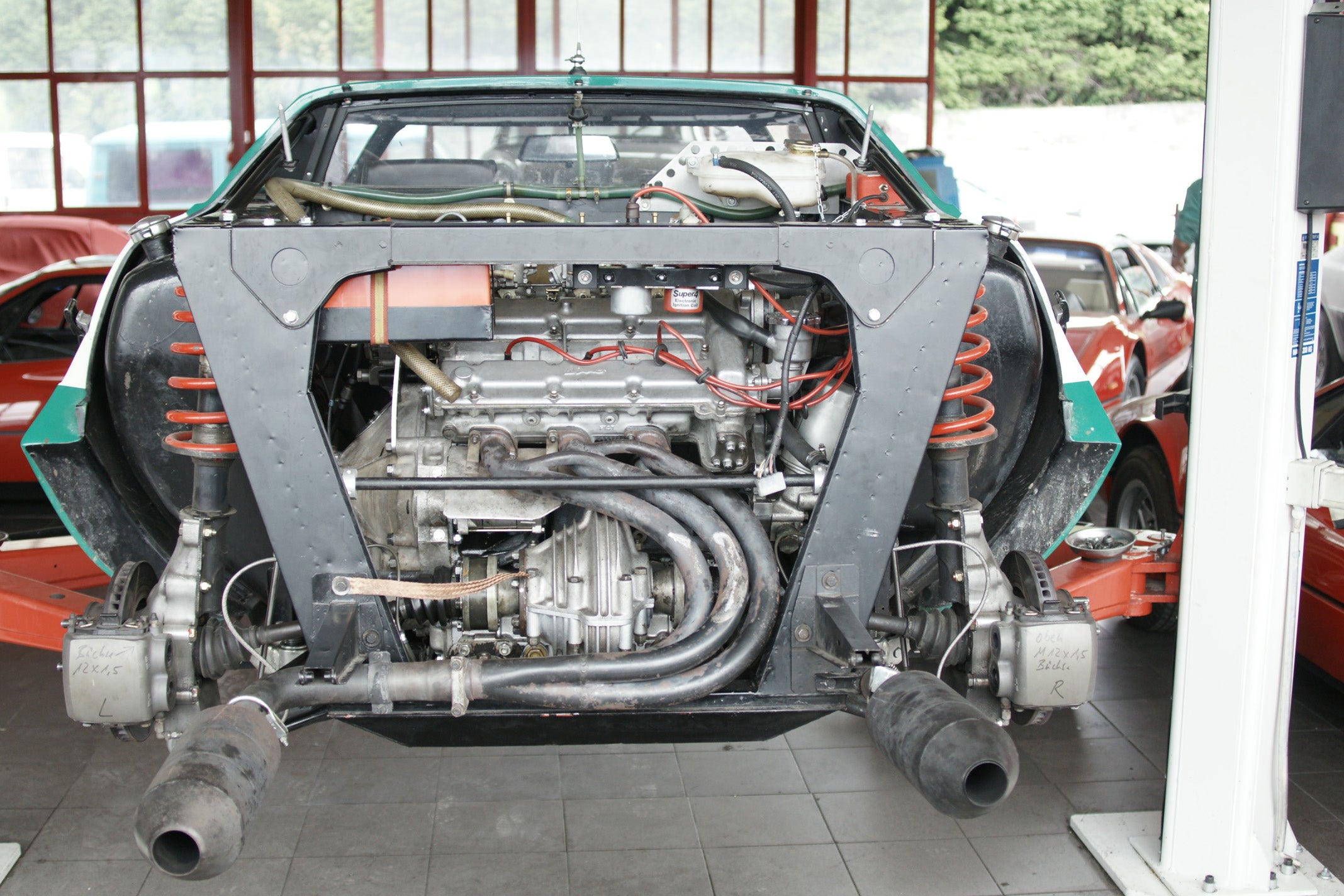
 BmanUltima's car still hasn't been fixed yet, he'll get on it tomorrow, honest.
> RyanFrew
BmanUltima's car still hasn't been fixed yet, he'll get on it tomorrow, honest.
> RyanFrew
04/25/2016 at 22:17 |
|
Flat=/= boxer
http://www.autoevolution.com/news/there-s-a…
 deprecated account
> scoob
deprecated account
> scoob
04/25/2016 at 22:17 |
|
Yeah, I’s jus’ playin’ ;)
 RyanFrew
> BmanUltima's car still hasn't been fixed yet, he'll get on it tomorrow, honest.
RyanFrew
> BmanUltima's car still hasn't been fixed yet, he'll get on it tomorrow, honest.
04/25/2016 at 22:21 |
|
This article is technically correct. A Boxer is a type of Flat engine. In the automotive world especially, though, the two are used interchangeably.
 Eric @ opposite-lock.com
> Caleb "If a rally car can do it, so can my Malibu" M. S.
Eric @ opposite-lock.com
> Caleb "If a rally car can do it, so can my Malibu" M. S.
04/25/2016 at 22:22 |
|
Distinct differences...
Flat is almost always “H”, which means the pistons are on their sides. Also called a “Boxer” engine.
Inline/Straight are the same - all the cylinders are in a line. They can be vertical (or mostly upright, as in most cars) or slant (45-ish degrees). I’ve never seen a flat one, but I suppose it’s possible.
Transverse is the opposite of longitudinal. It indicates the location of the output shaft and orientation of the block. Transverse means the engine outputs on the side of the engine. Longitudinal is at the front/rear of the engine. Transverse allows for the shortest and most efficient route from the engine to the wheels in FWD cars.
They all specify and imply different things, but there is a lot of variety in packaging over the years.
 RyanFrew
> interstate366, now In The Industry
RyanFrew
> interstate366, now In The Industry
04/25/2016 at 22:24 |
|
Since people are being semantical on here, I’ll join the party. “Flat” does not mean that the cylinders are horizontally opposed. A Boxer (which is a Flat) has true horizontally opposed cylinders. However, you can have a Flat with a V formation. Image shows two Flat engines. 180 Degree V on the Left, Boxer on the right:
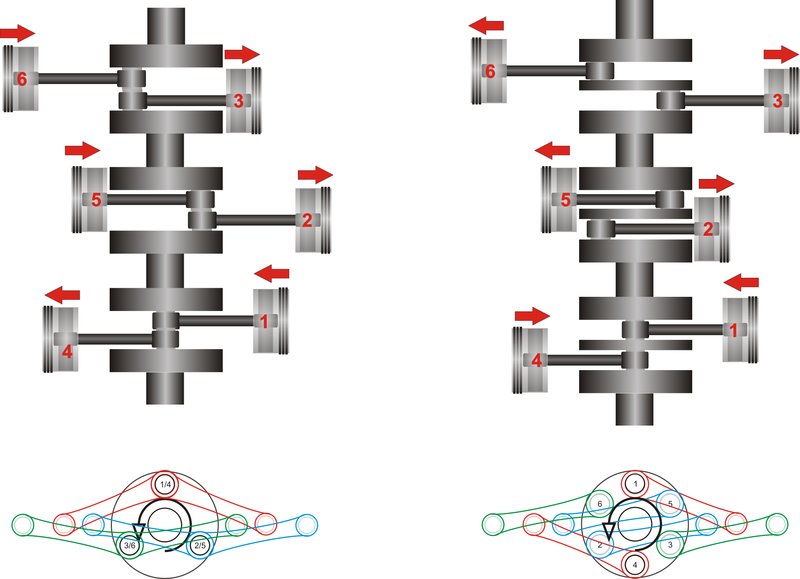
The bottom portion of the image depicts the true reason they’re referred to as “Flat” engines.
 Opposite Locksmith
> BmanUltima's car still hasn't been fixed yet, he'll get on it tomorrow, honest.
Opposite Locksmith
> BmanUltima's car still hasn't been fixed yet, he'll get on it tomorrow, honest.
04/25/2016 at 22:35 |
|
There is no difference between any of these life is a stage then you die
 gmporschenut also a fan of hondas
> scoob
gmporschenut also a fan of hondas
> scoob
04/25/2016 at 22:43 |
|
Correct for FWD, engines are typically traverse so that the crank is in line with the transmission. Otherwise the engine has to be raised so that differential can fit underneath. I think some FWD crossover/suvs have that as hood height isn’t an issue, and would be easier for AWD conversion
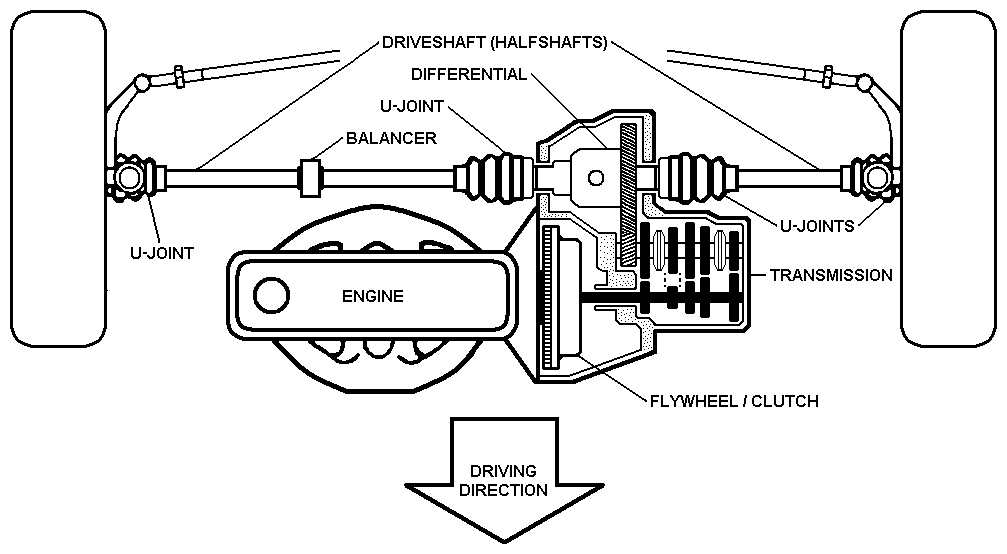
 TheRealBicycleBuck
> Caleb "If a rally car can do it, so can my Malibu" M. S.
TheRealBicycleBuck
> Caleb "If a rally car can do it, so can my Malibu" M. S.
04/25/2016 at 22:52 |
|
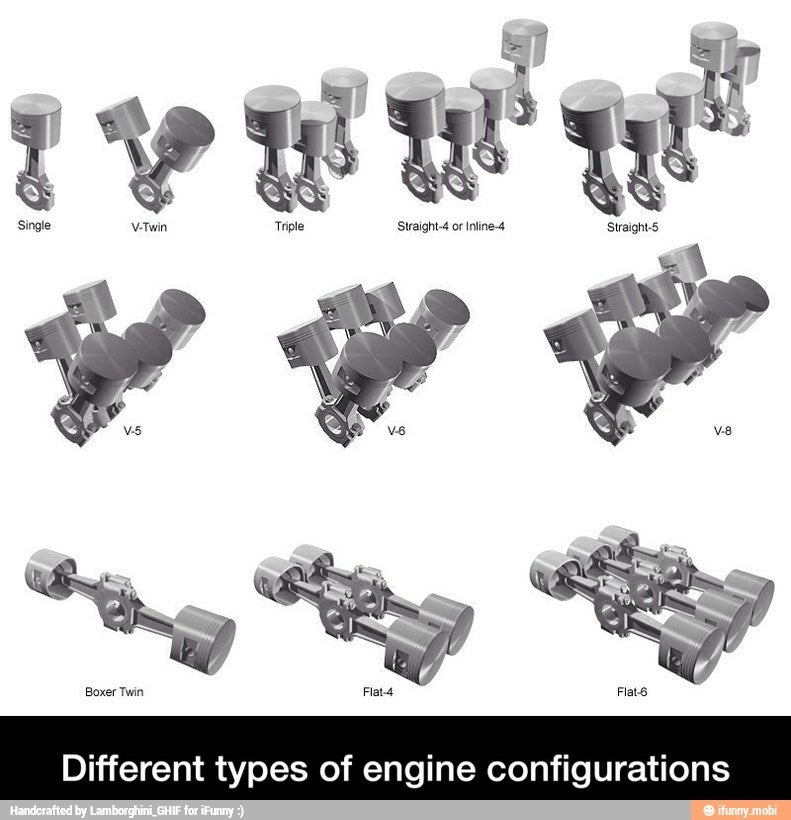
For your reference.
 Blondude
> RyanFrew
Blondude
> RyanFrew
04/25/2016 at 22:52 |
|
It still annoys me that Ferrari’s Berlinetta Boxer engine was actually a 180 degree V12.
 Blondude
> TheRealBicycleBuck
Blondude
> TheRealBicycleBuck
04/25/2016 at 22:55 |
|
Needs more VR and W configurations. Also radial.
 His Stigness
> Caleb "If a rally car can do it, so can my Malibu" M. S.
His Stigness
> Caleb "If a rally car can do it, so can my Malibu" M. S.
04/25/2016 at 23:21 |
|
A flat engine is when the pistons are horizontally opposed, as opposed to lined up straight, or put into a V. The abbreviation for a flat engine is H, so the new Boxster has an H-4 engine, the 911 has an H-6.
Inline and straight are the same thing, but Inline is the correct term, as the cylinders are in line with each other. The correct abbreviation is I-4, I-6, etc.
Transverse is how the engine is mounted, in this case, it goes from one side of the car to the other. Transverse does not always mean it is a FWD car, but is FWD based.
The other engine configuration is Longitudinal, as it runs the length of the car, not side to side. Longitudinal engines are found in RWD cars, as they are generally pushed farther back from the front axles, except in VAG cars, where they sit in front of the front axle.
 TheRealBicycleBuck
> Blondude
TheRealBicycleBuck
> Blondude
04/26/2016 at 00:35 |
|
Might as well go whole-hog and add in wobble plates and rotaries!
 Blondude
> TheRealBicycleBuck
Blondude
> TheRealBicycleBuck
04/26/2016 at 00:44 |
|
Unnnf, axial engines.
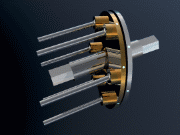
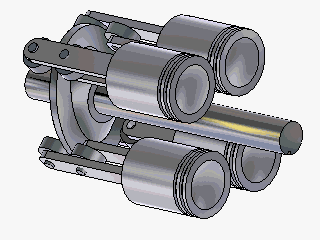
 AMGtech - now with more recalls!
> interstate366, now In The Industry
AMGtech - now with more recalls!
> interstate366, now In The Industry
04/26/2016 at 01:22 |
|
But smart cars are RWD transverse...
 interstate366, now In The Industry
> AMGtech - now with more recalls!
interstate366, now In The Industry
> AMGtech - now with more recalls!
04/26/2016 at 08:31 |
|
As are the MR2 and the old NSX. I threw in the “probably” to account for exceptions. Still, I guess I could have chosen my words better.

 Smallbear wants a modern Syclone, local Maple Leafs spammer
> Caleb "If a rally car can do it, so can my Malibu" M. S.
Smallbear wants a modern Syclone, local Maple Leafs spammer
> Caleb "If a rally car can do it, so can my Malibu" M. S.
04/26/2016 at 08:31 |
|
Flat: Horizontally opposed. IE, a 6-cyl with two banks of 3, not arranged in a V, but but in a straight line with the crank between them. This is the preferred layout for both Porsche and Subaru. Though I suppose it could also refer to an inline engine on its side, since a flat 6 is an inline engine canted over.
Inline and straight are the same thing. One bank of cylinders, each one located behind the preceding cylinder. Placed upright in the vehicle. Note a slant 6 is basically an inline but on an angle.
Transverse is not an engine type but rather the placement of the engine in the vehicle. Transverse just means that the crankshaft is parallel with the axle, as is the typical placement of a FWD vehicle. The alternative is a longitudinal placement, which means the crank is parallel with the centerline of the vehicle—this is used in RWD vehicles.